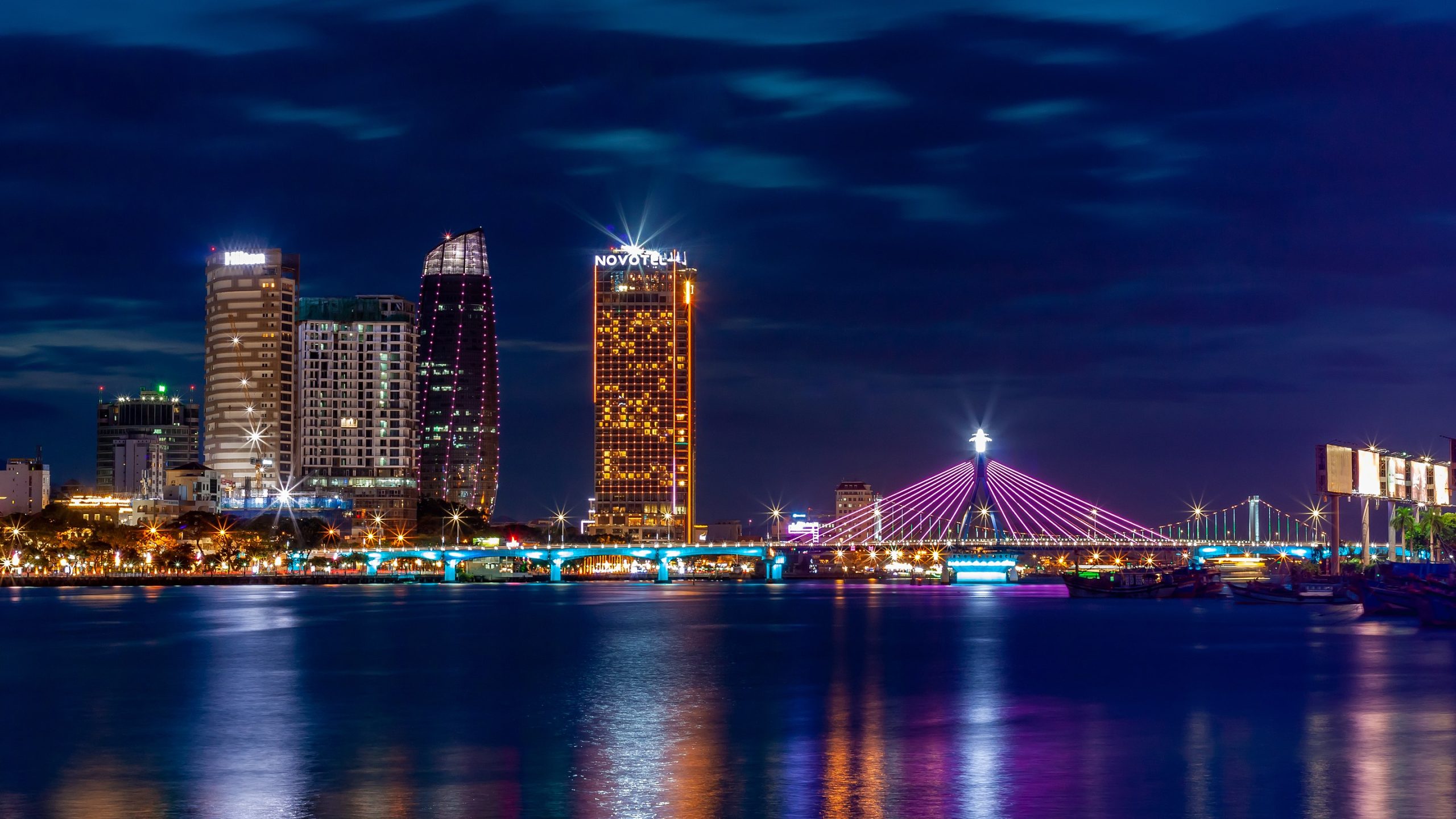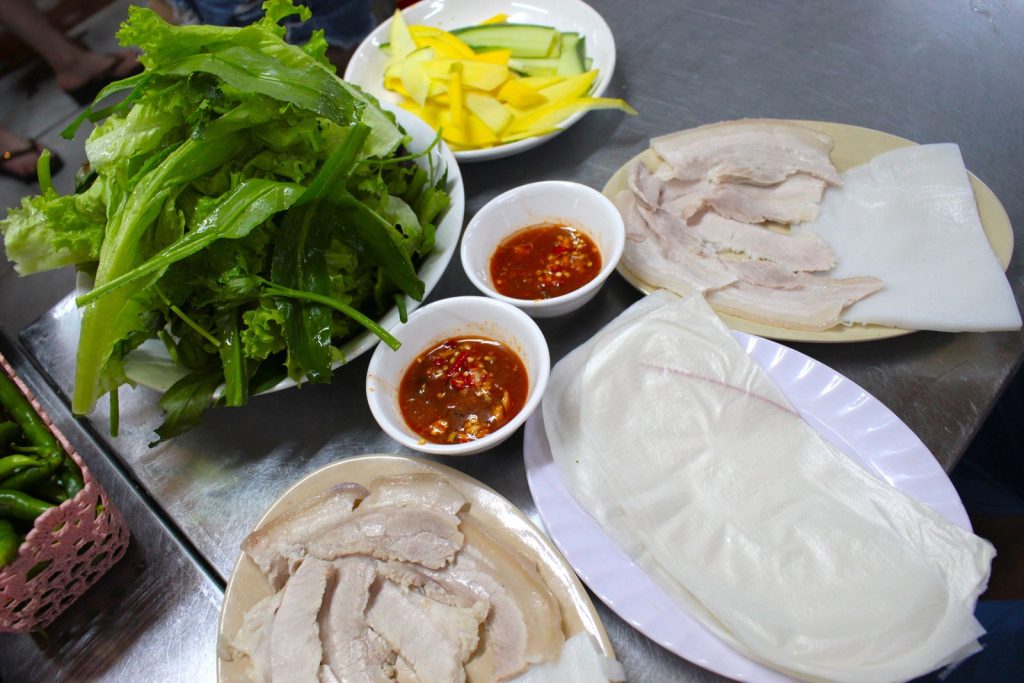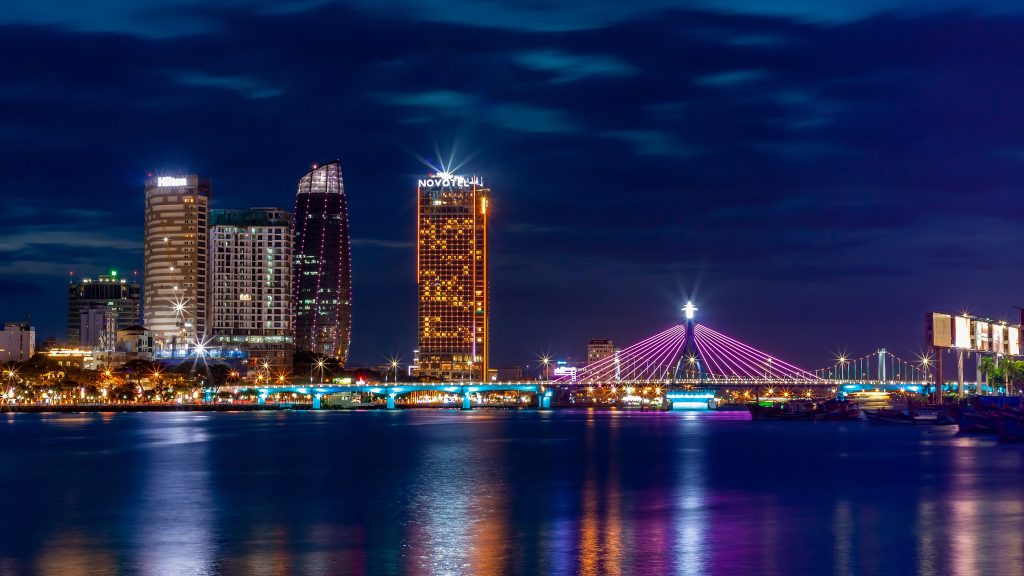Da Nang, a coastal city in central Vietnam, is renowned not only for its stunning natural landscapes but also for its rich and diverse cultural heritage. With a long cultural history, Da Nang is a place where tradition and modernity converge, creating a distinctive cultural tapestry that cannot be missed.
Historical and Cultural Heritage

Previously known as “Tourane” during French colonial rule, Da Nang is one of the oldest cities in Vietnam. Strategically located between the historically significant areas of Hue, Da Nang, and Hoi An, this city has witnessed many crucial events in the nation’s history.
Da Nang’s historical importance is highlighted by several key sites. The ancient capital of Thang Long (Hoa Hao), once a vibrant political and cultural center, showcases the architectural and artistic achievements of its time. The Hoa Tham Palace, with its intricate design and historical significance, offers a glimpse into the opulence and grandeur of bygone eras. The Cathedral of Our Lady of the Immaculate Conception, also known as Da Nang Cathedral, stands as a symbol of the city’s colonial past, with its unique pink façade and Gothic architecture.
In addition, the My Son Sanctuary, a national historical site located near Da Nang, is an essential destination for anyone interested in ancient Cham culture. This complex of Hindu temples and towers, dating back to the 4th century, provides insights into the Cham civilization and its religious practices. The sanctuary’s intricate carvings and sculptures offer a fascinating contrast to the more modern elements of Da Nang.
Traditional Arts

Da Nang’s cultural arts reflect the diversity and richness of Vietnamese ethnic heritage. Traditional performances such as water puppetry, Cheo opera, Xam singing, and traditional music are frequently showcased at cultural events and festivals. Water puppetry, a distinctive Vietnamese art form, captivates visitors and evokes the long-standing cultural traditions of the nation.
Cheo opera, a form of traditional Vietnamese theater, combines music, dance, and dramatic storytelling. It often explores themes from folklore and history, providing both entertainment and educational value. Xam singing, a traditional genre performed by blind musicians, offers a poignant and soulful musical experience that has been passed down through generations.
Traditional festivals in Da Nang, such as the Ba Chua Xu Festival, Cau Ngu Festival, and An Cu Tu Duc Festival, embody the national cultural identity. These events are significant opportunities for locals and tourists to engage in traditional rituals and cultural activities, creating a lively and colorful atmosphere. The Ba Chua Xu Festival, dedicated to the goddess of the region, features elaborate processions and offerings, while the Cau Ngu Festival celebrates the sea god with vibrant performances and ceremonies. The An Cu Tu Duc Festival, honoring the historic emperor, includes traditional games and cultural exhibitions.
Culinary Specialties
Da Nang is also a paradise for diverse and unique cuisine. With an abundance of seafood from the ocean, such as crabs, shrimp, grouper, and scomber, visitors can indulge in delectable dishes like fish cake noodle soup (bun cha ca), Quang noodles (mi Quang), Vietnamese savory pancakes (banh xeo), and rice paper rolls with grilled pork (banh trang cuon thit heo).

Fish cake noodle soup, a famous dish in Da Nang, combines fish, noodles, and flavorful broth, offering a perfect culinary experience. Quang noodles, a regional specialty from Central Vietnam, bring together noodles, meat, and fresh herbs, creating a distinctive and memorable taste. Banh xeo, crispy savory pancakes filled with pork, shrimp, and bean sprouts, are a must-try for those who appreciate street food.
Local eateries and restaurants in Da Nang are often bustling, especially during peak tourist seasons. Many establishments offer a mix of traditional and modern dining experiences, allowing visitors to enjoy authentic local flavors in a contemporary setting. Popular food markets, such as Han Market and Con Market, provide a vibrant atmosphere where visitors can sample a wide range of local dishes and snacks.
The Blend of Tradition and Modernity

Da Nang not only preserves and promotes traditional cultural values but also stands as a leading center for economic and technological development in Vietnam. With technology development projects, modern shopping centers like Lotte Mart, Vincom Plaza, and advanced infrastructure, Da Nang attracts attention from both domestic and international visitors.
The city’s development is also reflected in its urban planning and architecture. High-rise buildings, modern hotels, and luxury resorts coexist with historic sites and traditional neighborhoods. The development of coastal areas, such as My Khe Beach and Non Nuoc Beach, has turned Da Nang into a popular destination for beachgoers and water sports enthusiasts. The city’s vibrant nightlife, with its array of bars, cafes, and entertainment venues, adds to its appeal as a dynamic and cosmopolitan destination.
Da Nang’s commitment to sustainable development is evident in its efforts to enhance public transportation, improve environmental sustainability, and promote cultural tourism. The city’s investment in green spaces, such as parks and recreational areas, provides residents and visitors with opportunities to enjoy outdoor activities and connect with nature.
Conclusion
The combination of a rich historical legacy, traditional arts, and modern advancements, along with diverse and flavorful cuisine, creates a unique and vibrant cultural landscape in Da Nang. This city is an ideal destination for travelers seeking to explore natural beauty as well as delve into Vietnamese cultural heritage.
Da Nang continues to evolve but remains committed to preserving its traditional cultural values. The city exemplifies the perfect blend of past and present, tradition and innovation. This is why Da Nang remains a compelling destination for those who appreciate the integration of history, art, and modernity in their travel experiences.
